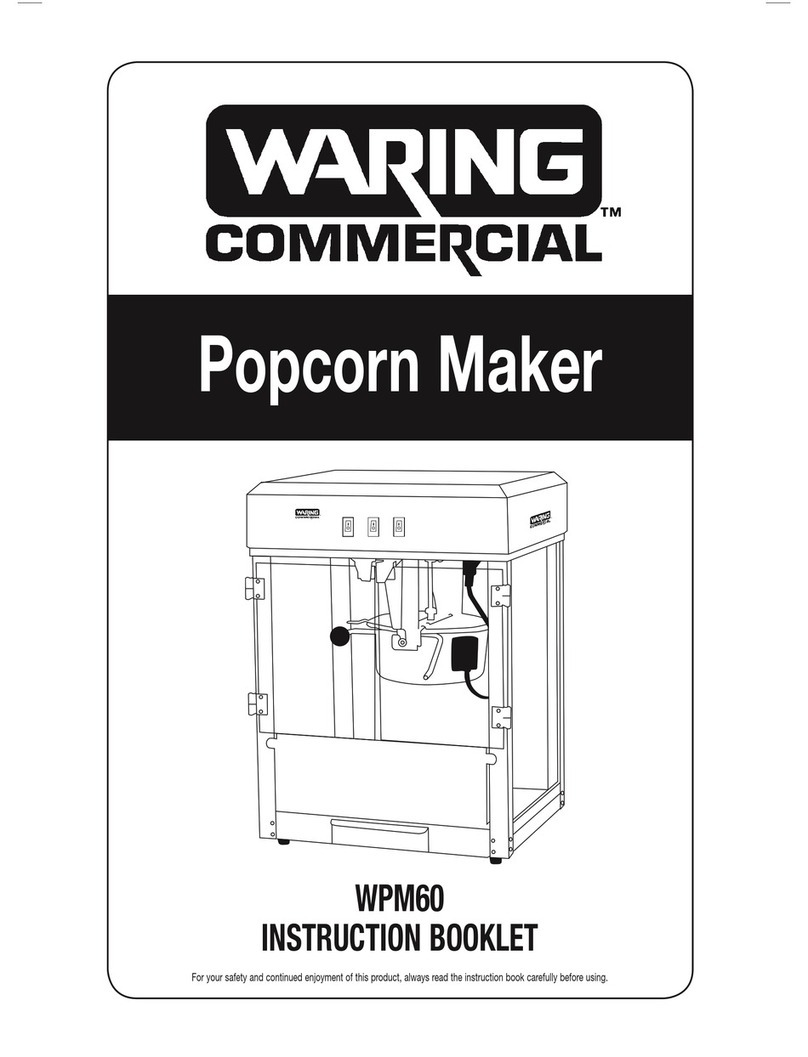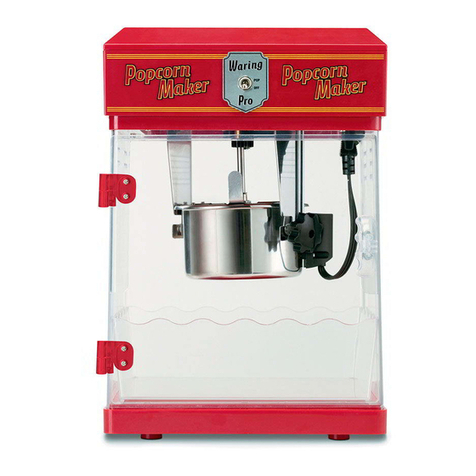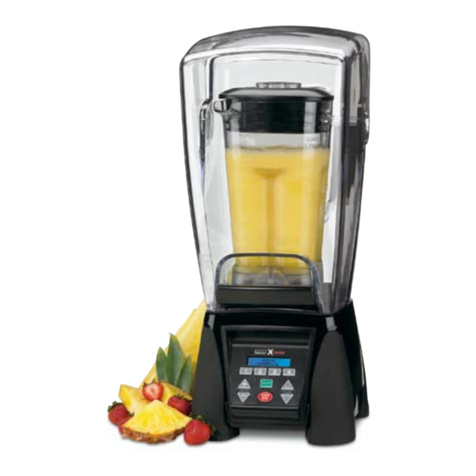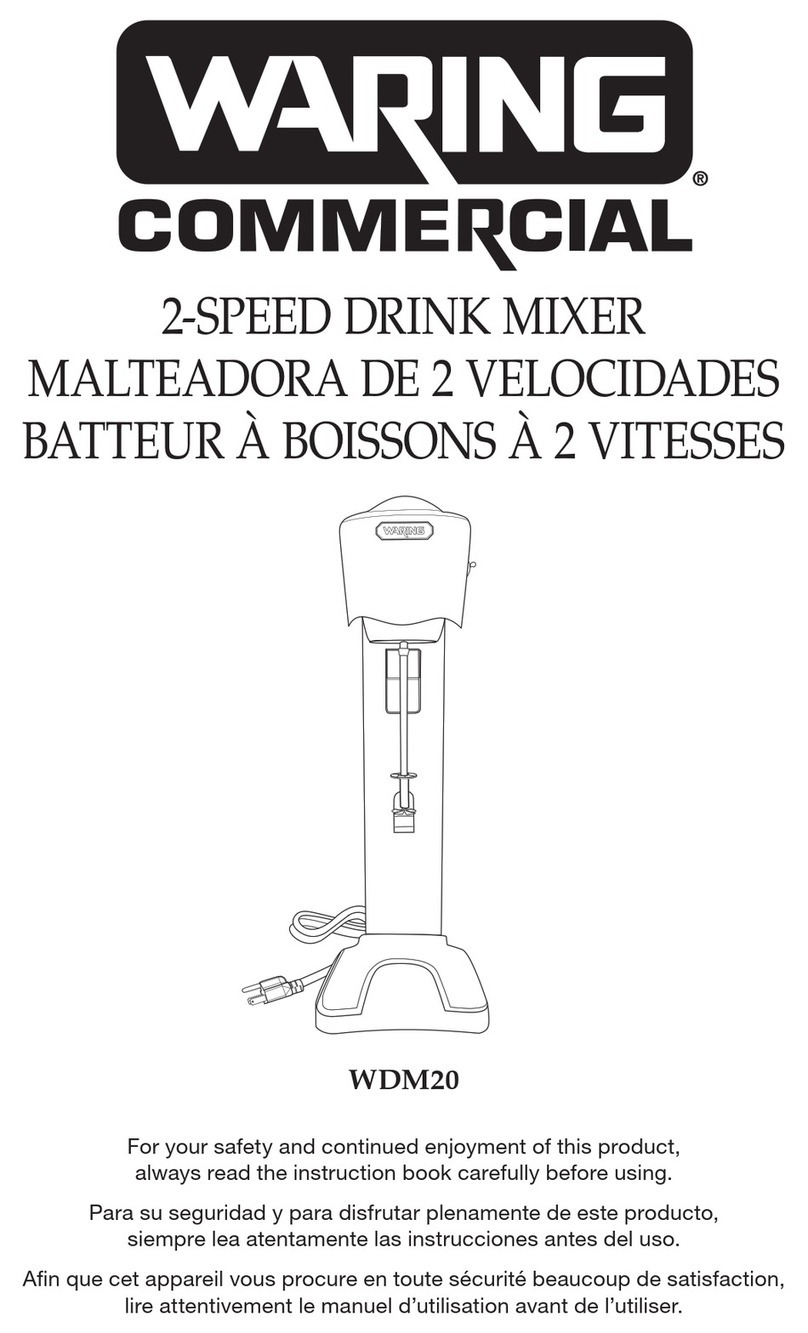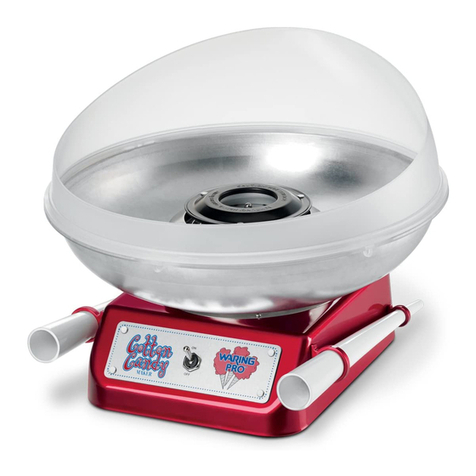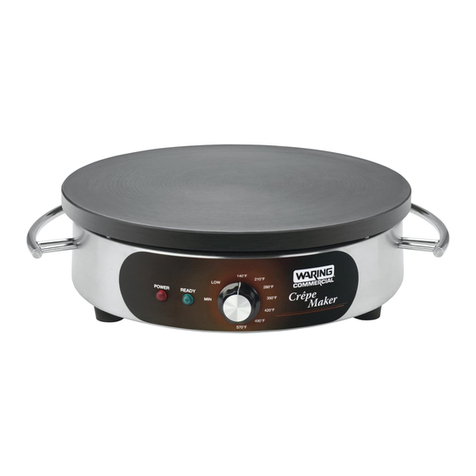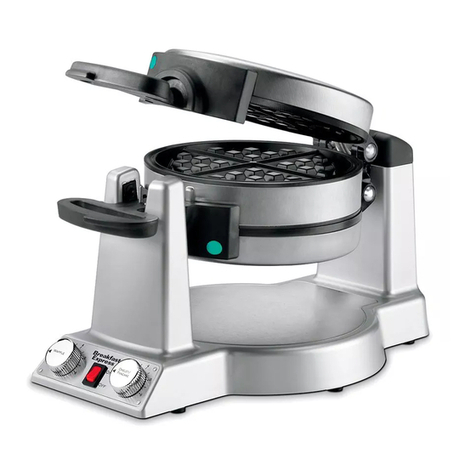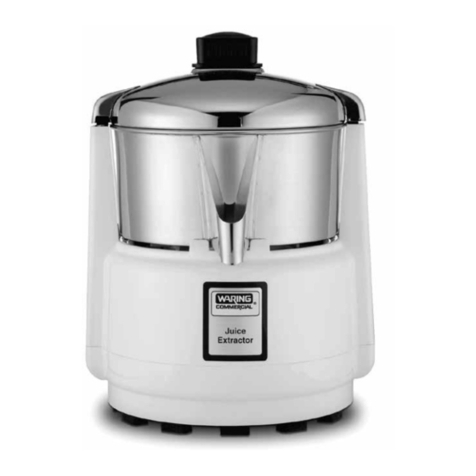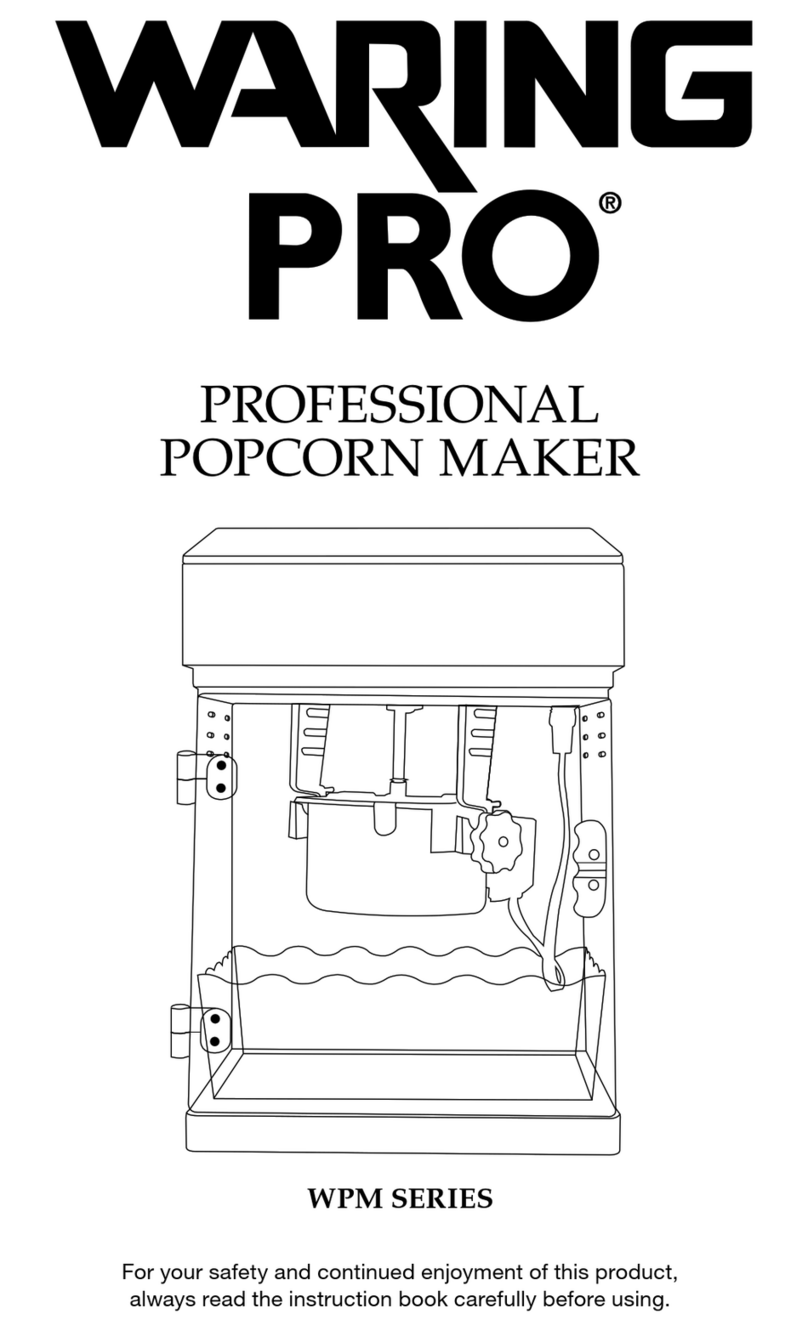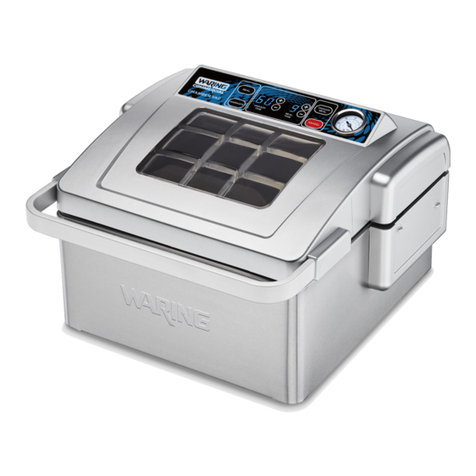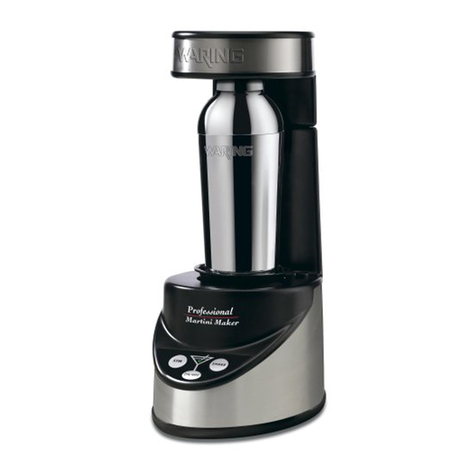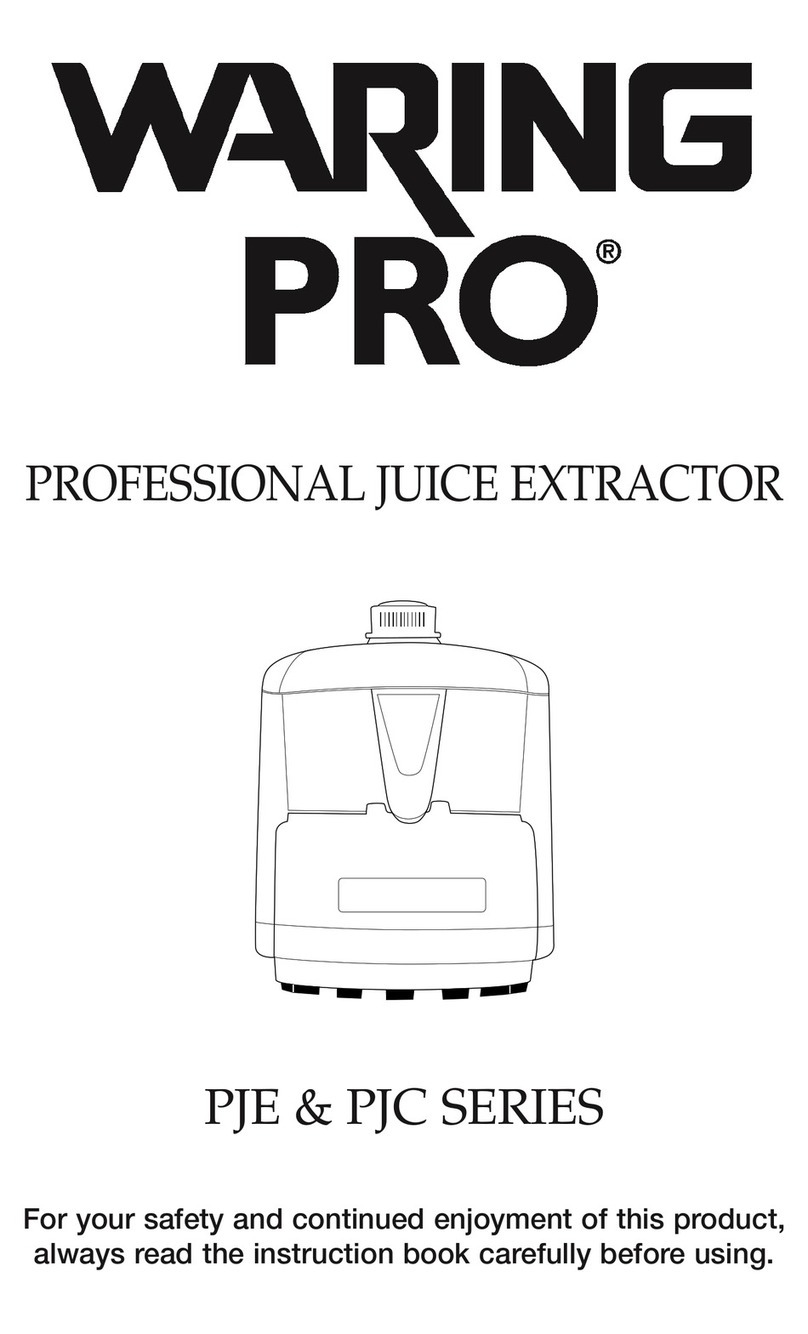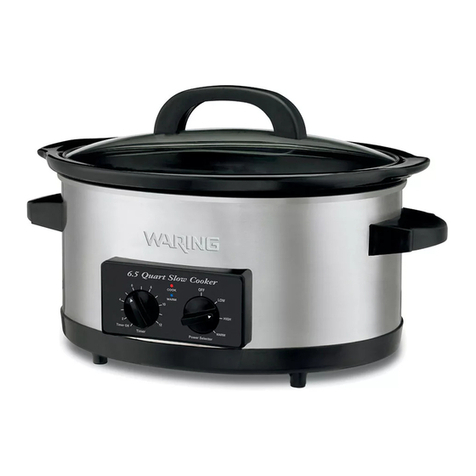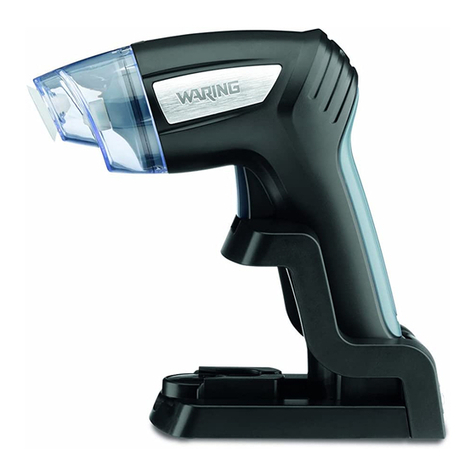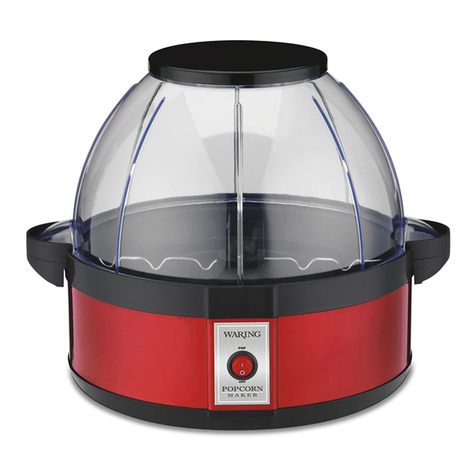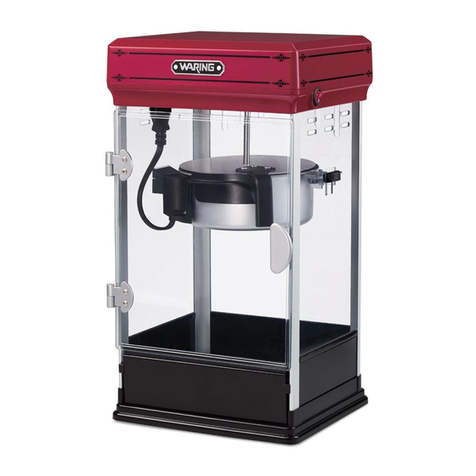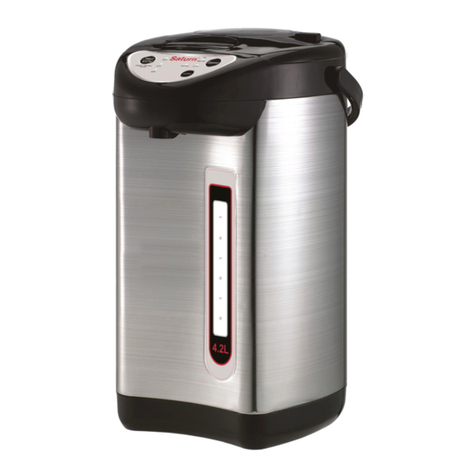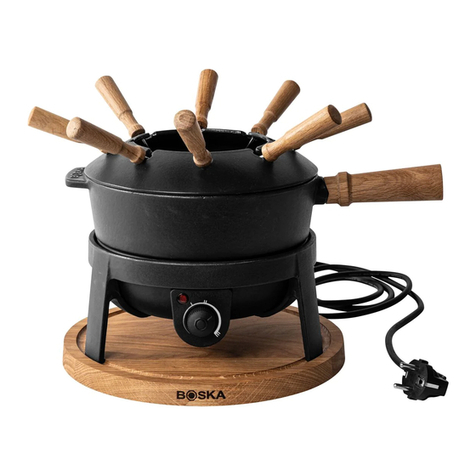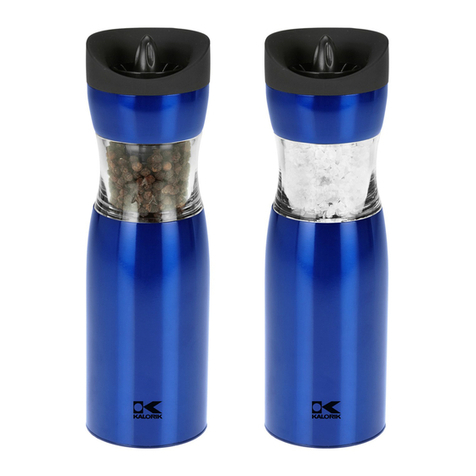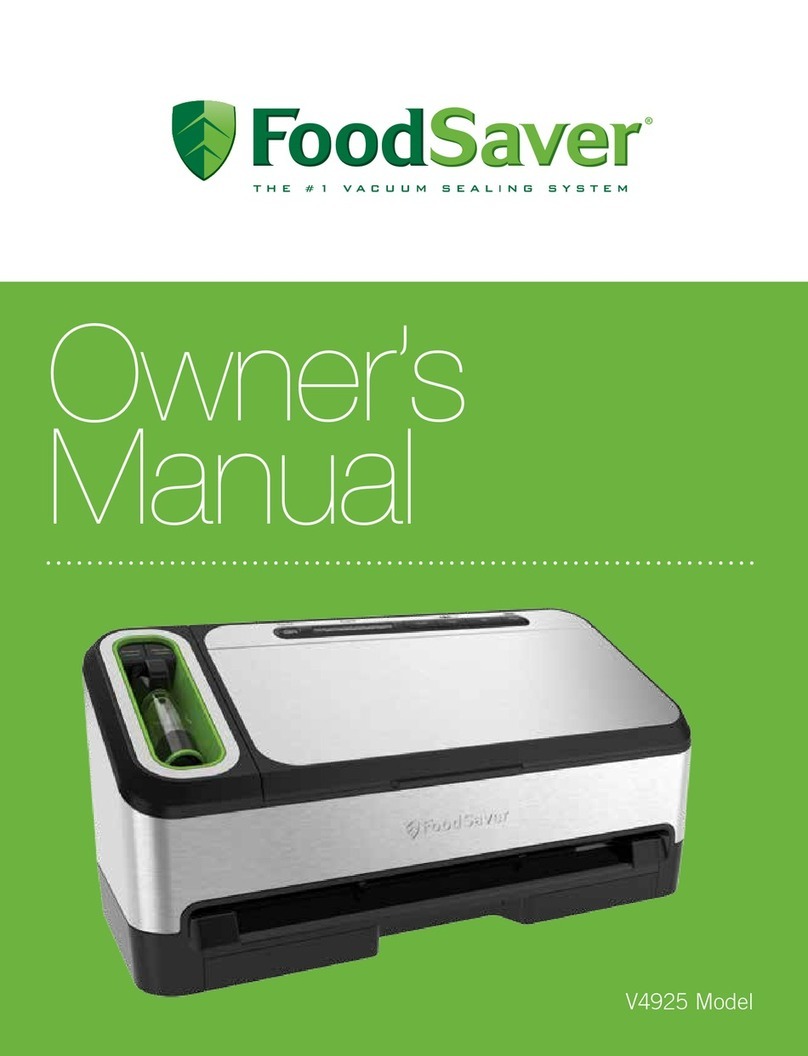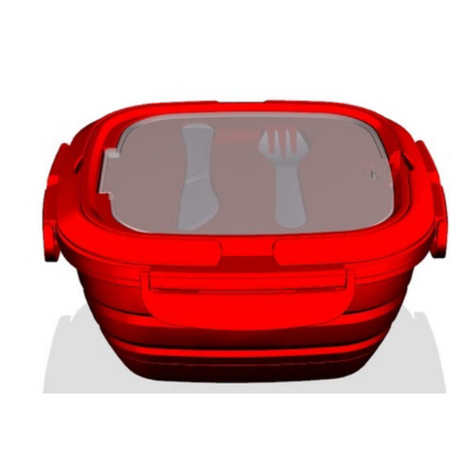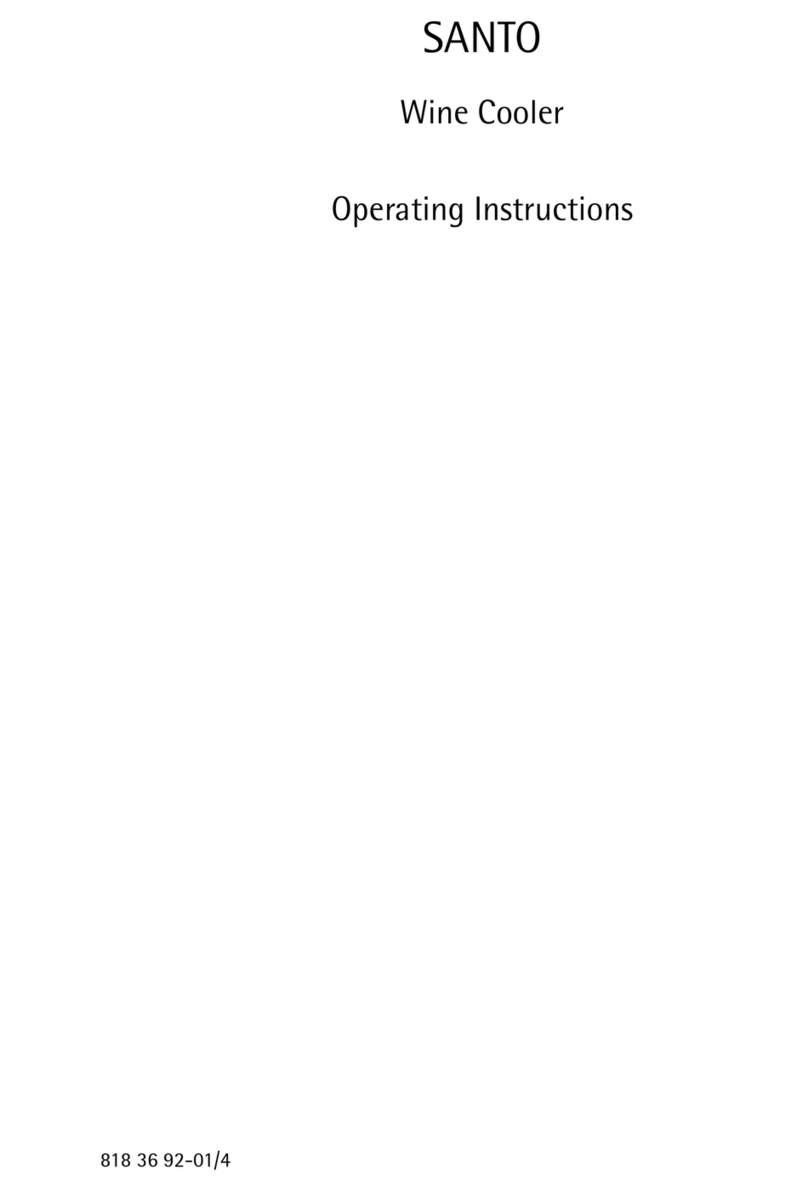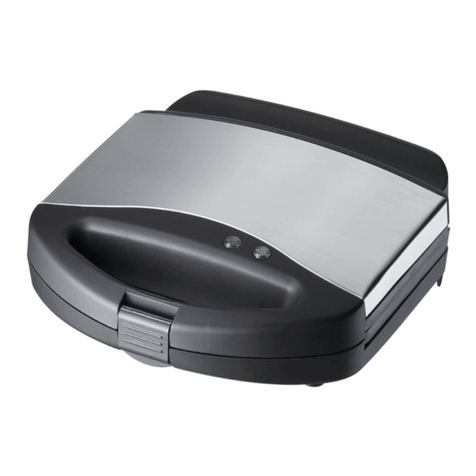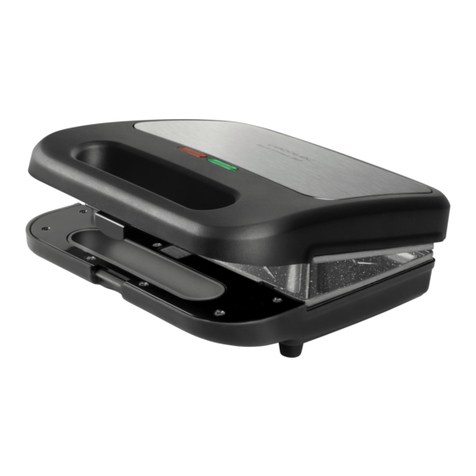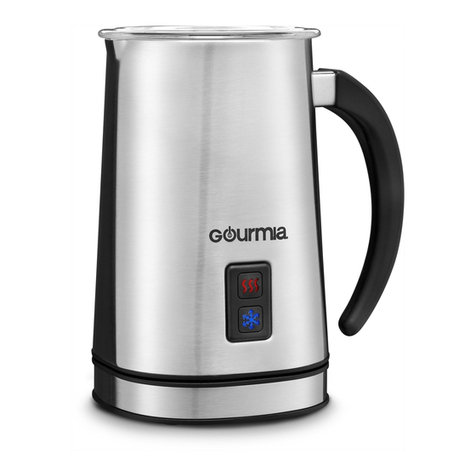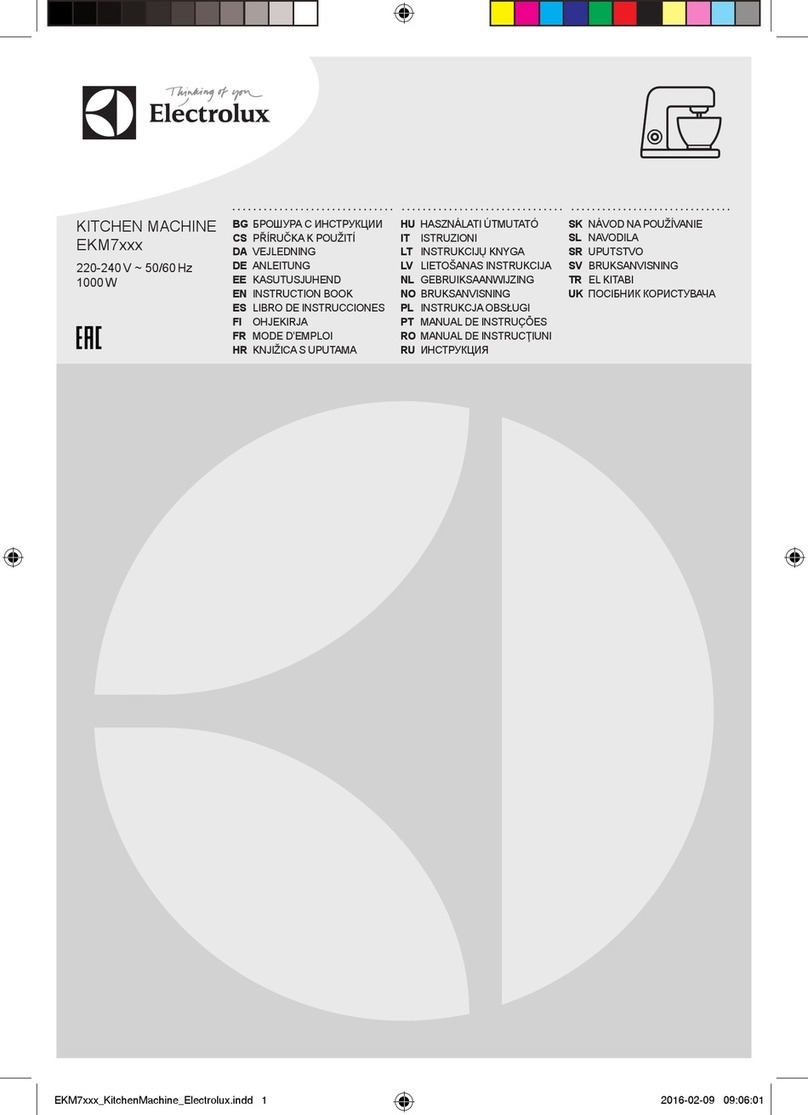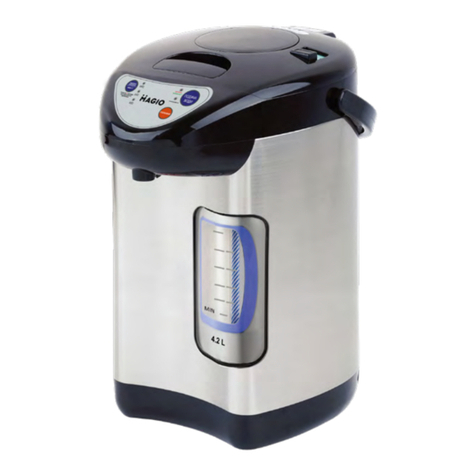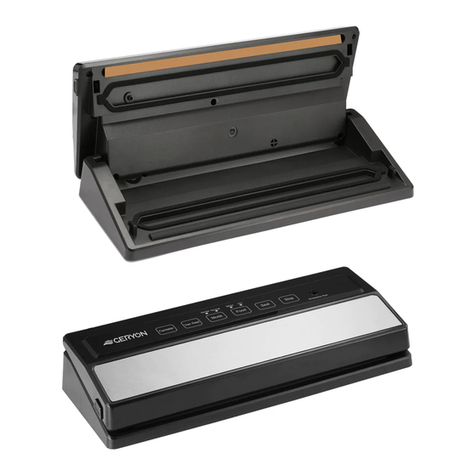
12 13
VEGETABLE PREP
Asparagus Divide tips from stems by snapping in half.
Tips are best for drying, but dried stems can
be crushed and used for seasoning.
Beans Snip off ends and cut as desired. Blanch,
(green) then place in the freezer for 30 to 45 minutes.
Beets Trim, leaving about an inch of the top and
root. Blanch, allow to cool, then cut off the
top and root. Slice.
Broccoli Trim and cut into pieces. Steam for about
4 to 5 minutes.
Carrots Wash, peel, and cut into ½-inch-long pieces.
Steam for about 4 to 5 minutes.
Corn Remove husk, wash and steam blanch the
whole piece of corn. Allow to cool, then
shear the corn from the cob.
Celery Break leaves off their stems. Place leaves
separate from stalks in tray(s).
Chives Wash, dry, and mince.
Cucumber Wash, trim and slice about ¼ inch thick.
Garlic Separate and peel cloves. Cut cloves into
halves or slices.
Mushrooms Remove any soil and remove stem. Dry the
mushroom whole, cut in half or slice.
Onions Trim off the ends and peel. Cut into rings
or dice.
Peppers Wash and remove core and seeds. Cut into halves,
(pimentos) quarters, rings or strips.
Peppers Wash and dry whole.
(jalapeños)
Potatoes Wash, peel, and cut or slice as desired;
steam blanch. Rinse under cold water
and pat dry before placing on tray(s).
Note: If you wish to leave the skin on, you
must wash and scrub the potato and remove
all the eyes and scars with the tip of a potato
peeler or paring knife.
Tomatoes Wash and remove stems. Using a ladle or tongs,
dip into boiling water and then into an ice water
bath. You will be able to remove the skin easily.
Cut into halves or quarters.
FRUIT PREPARATION & TREATMENT
FRUIT
Nearly all fruits can be dried at home, but some will require more
drying time than others; the guidelines offered here will help get
you started. It is recommended that you select the fruits that are in
season and experiment with those rst.
Preparation
Wash and inspect fruits and remove any bruised or overripe parts.
Peel if desired. Cut larger fruits in half. If the pieces vary too much in
size, slice them to ³/8" to ½" thick for even drying. Smaller fruits such
as grapes and cherries may be dried whole. Remove pits or stones
from fruits such as plums, cherries, apricots, etc. Always peel fruits
that have been articially waxed. Peeling is optional with other fruits
– for instance, dried pear skins tend to be grainy, and peach skin
peels are a little fuzzy.
Most fruits like pineapples, grapes, strawberries, and plums can be
placed directly on the drying trays as they are prepared. However,
some fruits will turn brown when exposed to air (apples, apricots,
peaches, and pears). Following the guidelines set below, you can
pretreat these fruits to slow this browning and to prevent loss of
vitamins A and C. To pretreat them, the cut pieces should be kept
in a holding solution until you have sufcient fruit to dry.
